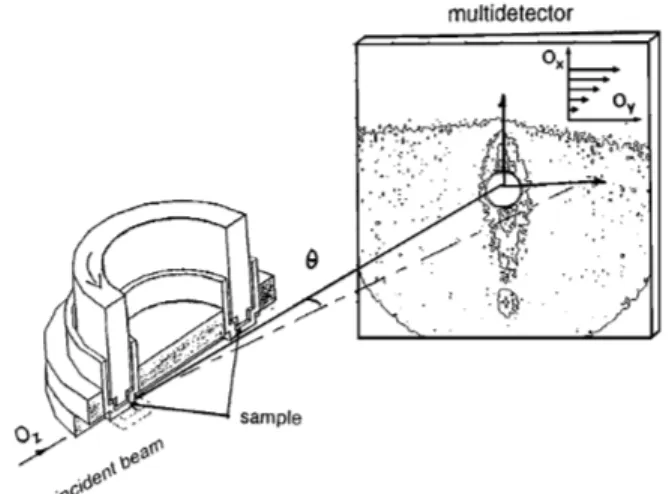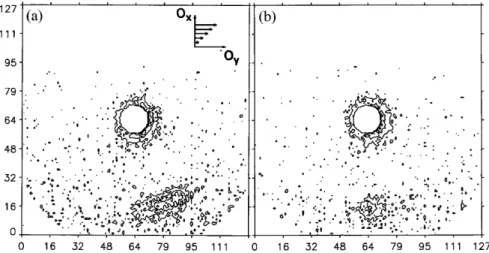Shear Flow Induced Transition from Liquid-Crystalline to Polymer Behavior in Side-Chain Liquid Crystal Polymers
Texte intégral
Figure




Documents relatifs
[r]
[r]
2014 A homologous series of three side-chain liquid crystalline poly(methacrylates) with 4’- methoxybiphenylyl pendant mesogenic groups and oligo(ethylene-oxide)
for the PM-1 to PM-4 polymers lie at least 100 K above the clearing (liquid crystal to isotropic melt transition) temperatures discussed below.. As a second
The loss of all interlamellar degrees of freedom in the straight walk case leads to an effective crossing. energy Eeff = 2 E whereas for the SAW model
This result will subsequently be seen to be due to a marked influence of pre-transitional effects associated with the N-SmA transition. Figure 3c sho~vs that a master curve can
networks by integrating their organization and coordinating these two cytoskeletal elements during cell shaping. In summary, this study provides the first evidence that:
However, ptpsr 1_3.4, 1_3.10 and 2_2.3 showed significantly increased TAG, galactolipid and DGTA content compared with PtWT, indicating either PtPSR regulation of genes involved in